-
Diabetes Health Literacy

How do you feel about diabetes? Diabetes is: A serious but manageable disease Not serious enough to worry about A condition I will worry about later Diabetes is best treated by: Eating healthy, exercising, and taking medications as ordered Not eating sugar Taking medications as ordered Diabetes can cause problems: If I don’t manage my…
-
Pre-Diabetes Health Literacy

How do you feel about pre-diabetes? Pre-diabetes is: A serious but manageable disease Not serious enough to worry about A condition I will worry about later Pre-Diabetes is best treated by: Not eating sugars or carbohydrates Lifestyle changes, healthy eating, and regular physical activity Taking medications Pre-Diabetes can cause problems: Only when I get older…
-
Lifestyle Changes: Lowering the Risk of Type 2 Diabetes

Through active participation in a balanced lifestyle you can lower your risk for Type 2 Diabetes. Active participation means eating well, staying active, sleeping well, and staying informed about your health.
-
What is T2DM
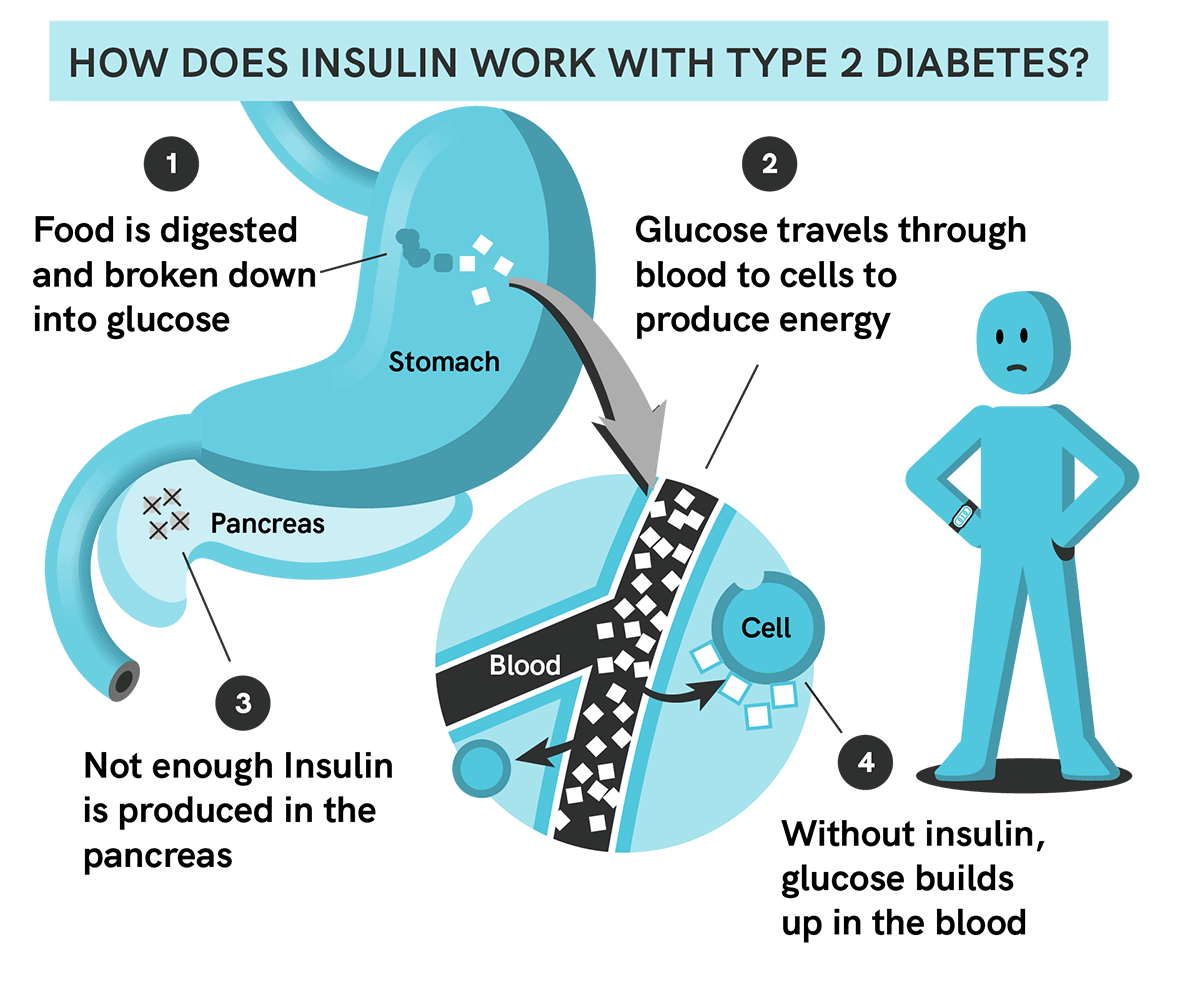
What is Type 2 Diabetes? Type 2 diabetes (T2DM) is a chronic condition in which your body does not regulate glucose (a form of sugar) like it normally would. This happens when you do not produce enough insulin, or you become resistant to the effects of insulin. Why Do We Care About Insulin and Glucose?…
-
What is DKA?
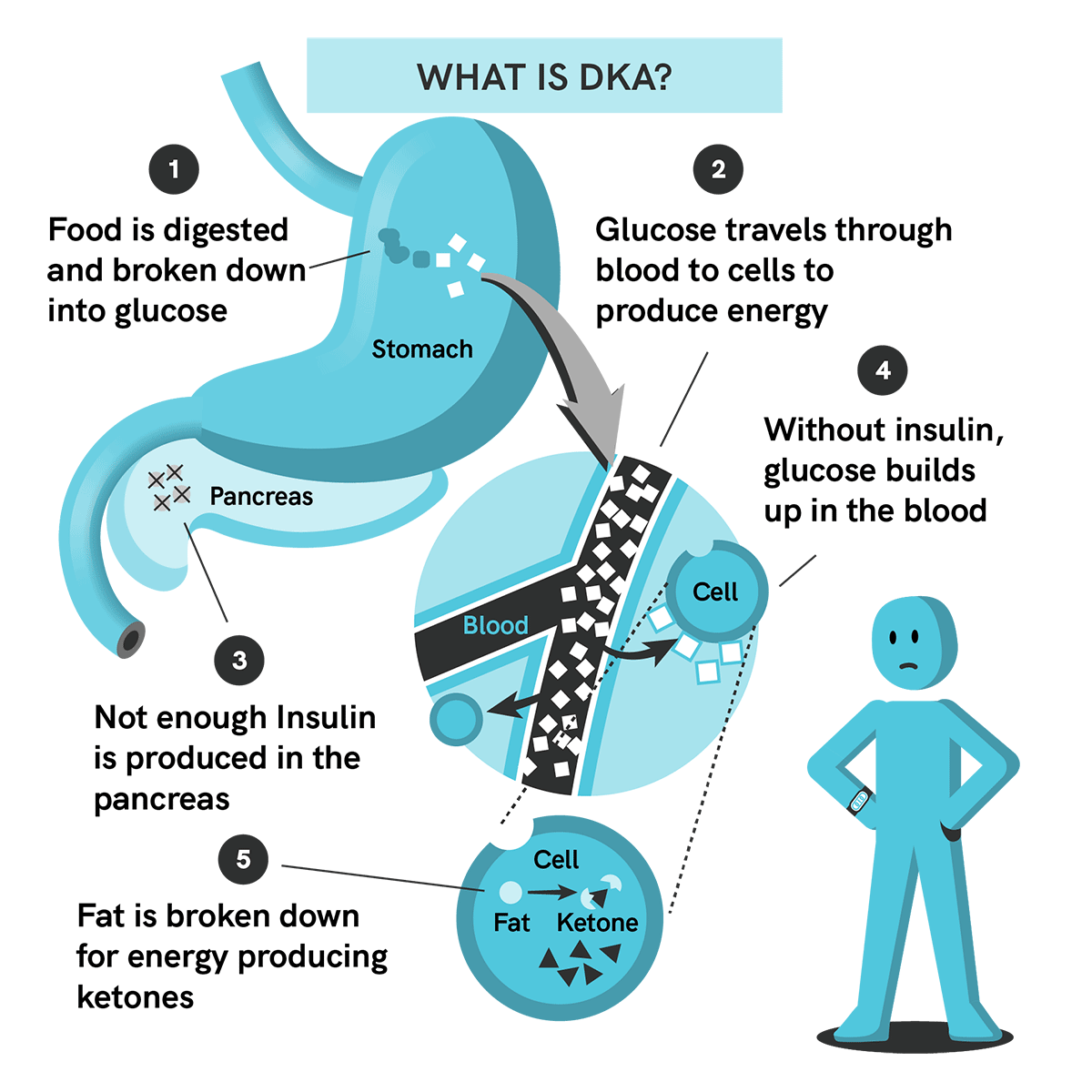
What is DKA? DKA, or Diabetic Ketoacidosis, is a dangerous condition where your blood glucose is too high (>240 mg/dL) and you have ketones present in your blood or urine. When the body does not have enough insulin, fats are broken down for energy which produces ketones. When there are too many ketones in the…
-
What Do I Do When I Have Hyperglycemia?
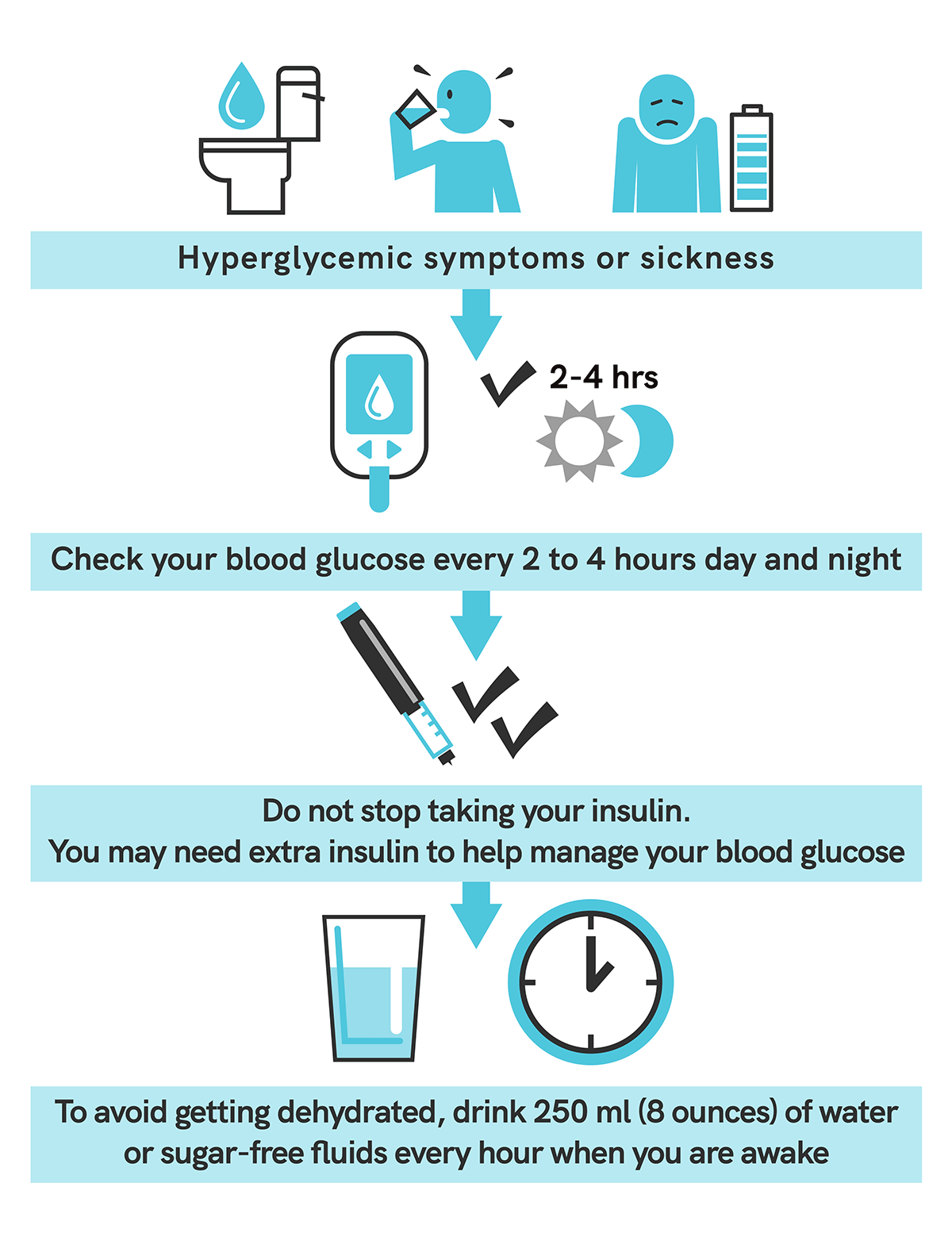
What Do I Do When I Have Hyperglycemia? Hyperglycemia means your blood glucose is higher than 130 mg/dL before meal/bedtime, or more than 180 mg/dL after a meal. You might feel the following symptoms: These symptoms can also be caused by sickness, missing an insulin dose, or eating too many carbohydrates. How do I manage…
-
How is Glucagon Used?
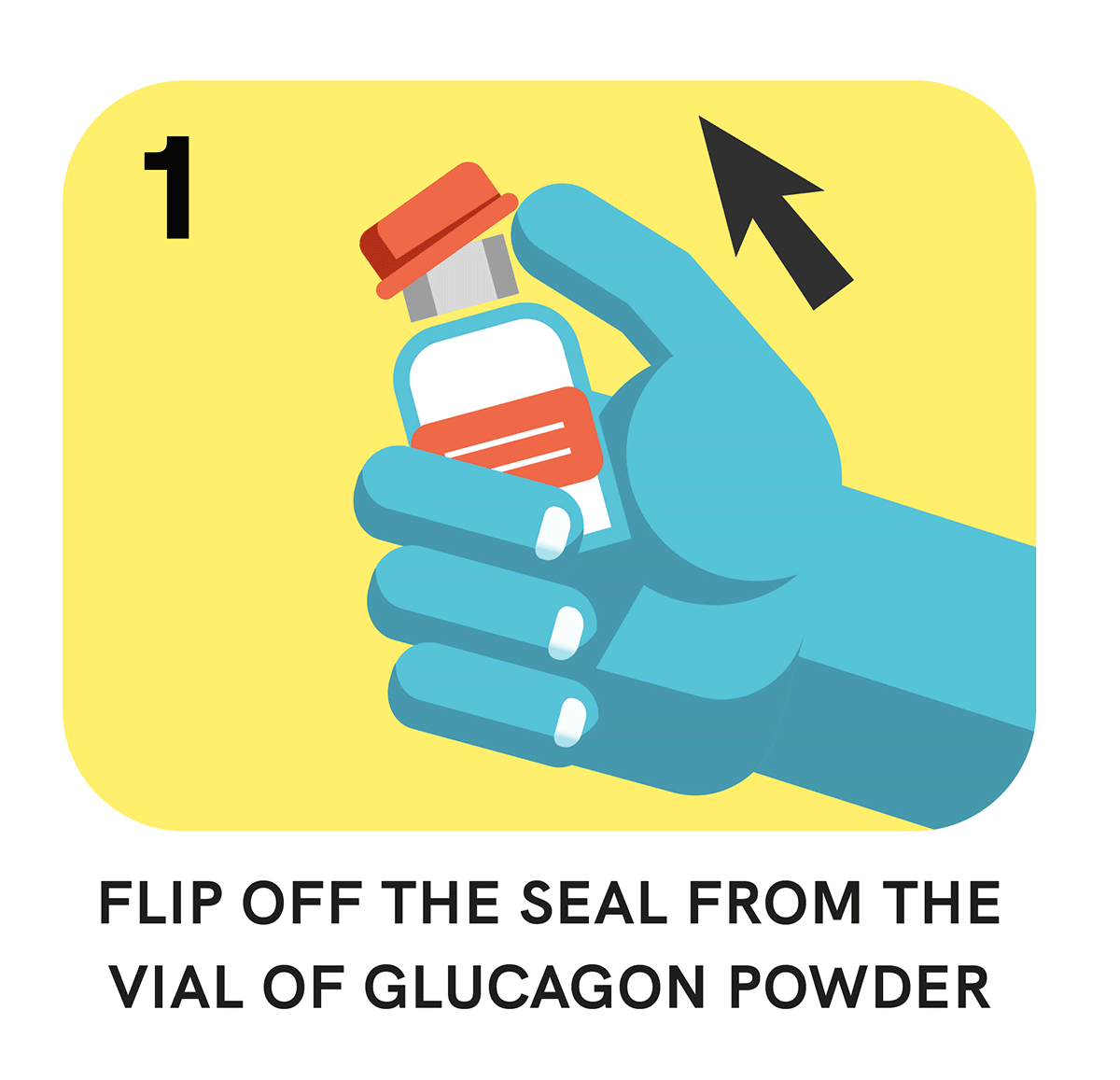
How is glucagon used? Be sure you and those close to you know these steps:
-
What Is Glucagon?
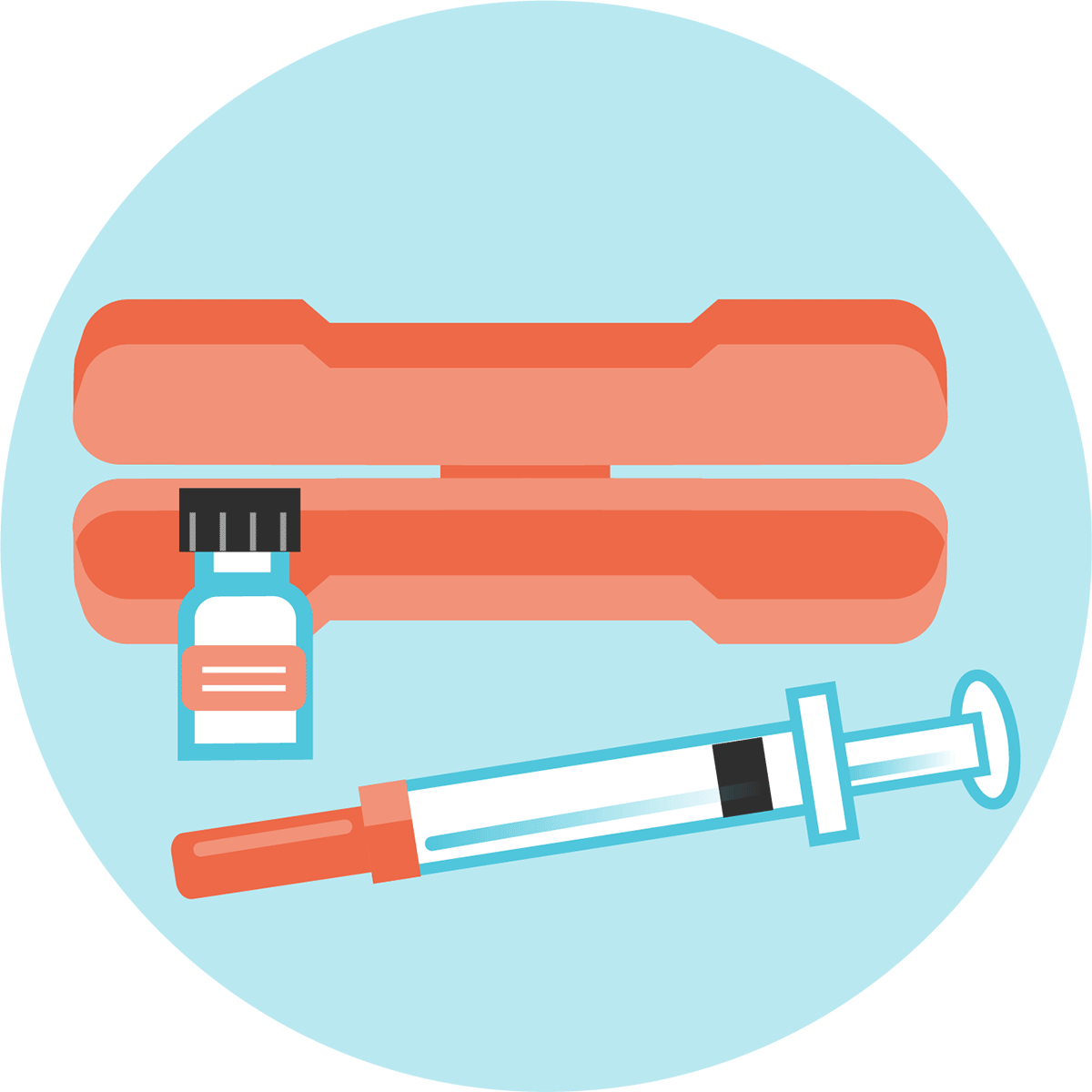
What is glucagon? Glucagon is an injection that you will take or another can give you if your blood glucose level is less than 50 mg/dL and you cannot eat or drink safely. You may feel confused, unconscious, or in very rare cases have seizures, when your blood glucose goes this low. Where should I…
-
What Does Hyperglycemia and Hypoglycemia Mean?
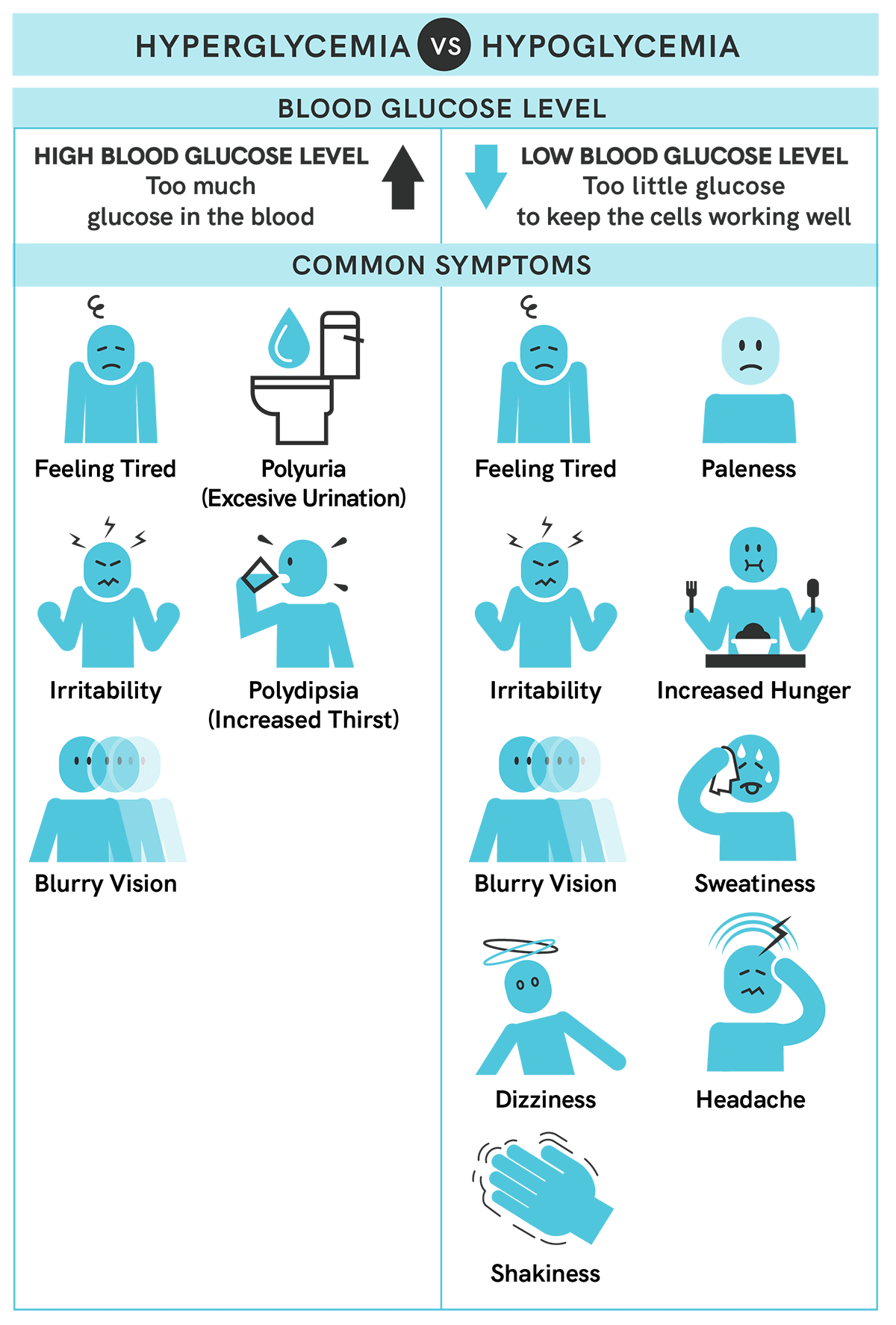
What Does Hyperglycemia And Hypoglycemia Mean? Hyperglycemia means your blood glucose is higher than it should be and hypoglycemia means your blood glucose is lower than it should be. In both cases you will have different symptoms. How do I know if my blood glucose is too high or too low? Over time, you will…
-
How Do I Dispose of My Insulin Pen Needle When I Am Done?
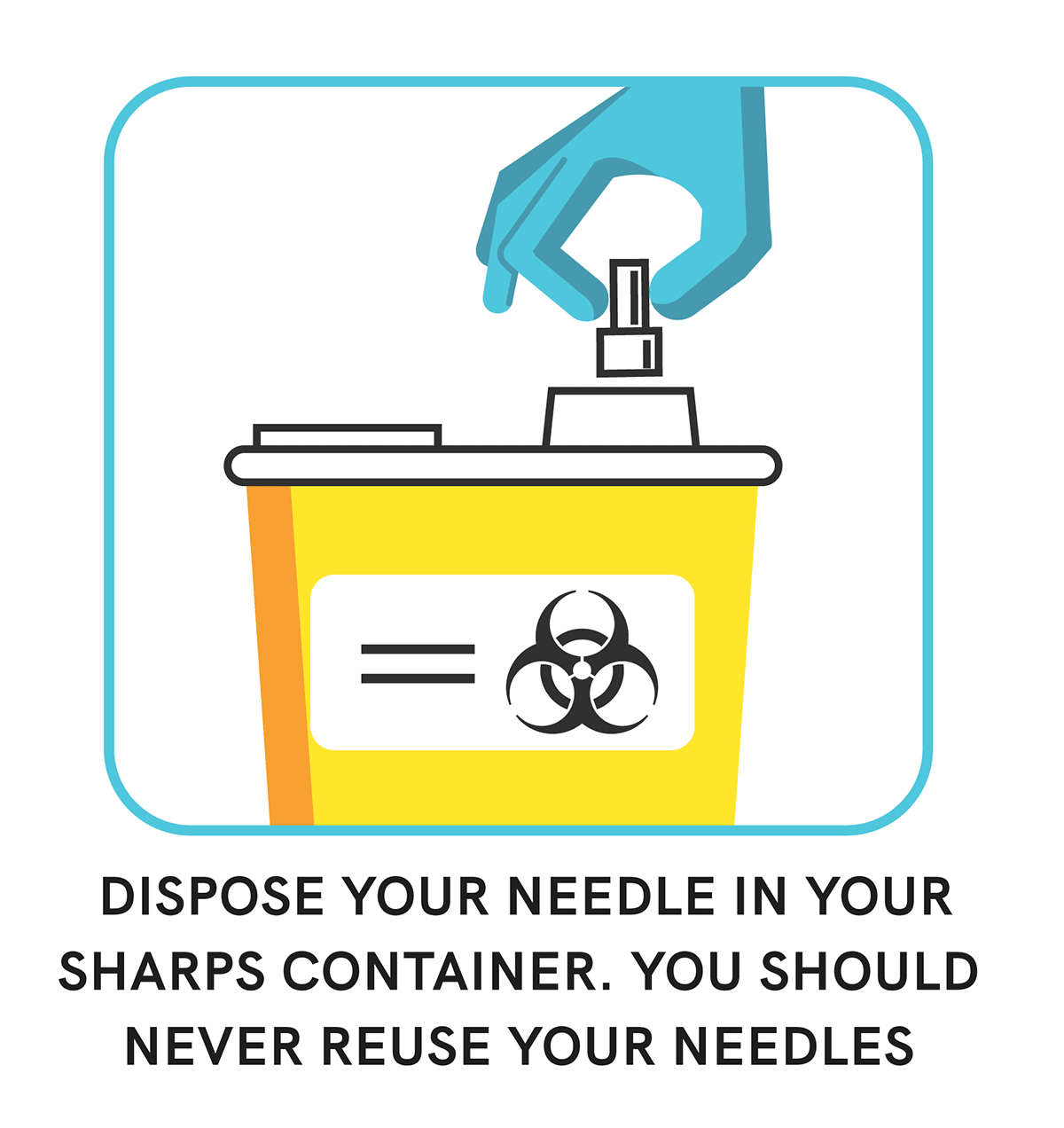
How do I dispose of my insulin pen needle when I am done? You should never recap the small needle. Use these steps below: Screw the cap onto the needle tightly. This locks the cap onto the needle. Unscrew the cap to remove the needle from the pen. How do I use my sharps container…